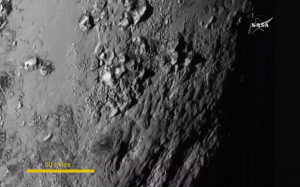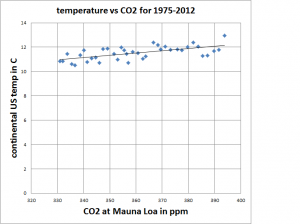Pluto
I was so excited about New Horizon’s fly by of Pluto, that I decided to create some math problems about it. Here they are. The first one uses the concepts of percent change and volume of a sphere. The second two use right triangle trigonometry.
1) Answer the question posed in @MathInTheNews ‘s tweet from July 14, 2015:
New Horizons says Pluto’s diameter is 1473mi, 50mi larger than believed. What % does that change its volume estimate?
(Yes, the picture was part of the tweet)
2) Pick two mountains in the large picture of Pluto. The angle of elevation from the tip of the mountain’s shadow to the tip of the mountain is approximately y/736.5 radians where y is the distance in miles from the base of the mountain to the edge of Pluto in the picture.
a) What is the height of each of your two mountains?
b) How precise do you think our method is?
c) Do you think NASA’s claim that there are 11,000 ft high mountains on Pluto is credible?
(Note to other instructors, the estimation of the angle given above is very imprecise, so the students ended up finding mountain heights no more than 7,000 feet high. In order to improve precision, I printed the following picture out as a 11 by 17 picture).
3) In a July 13, 2015 article for Reuter’s Irene Klotz wrote, “Mysterious Pluto looms large and turns out to be larger than expected as NASA’s New Horizons spacecraft wraps up a nearly decade-long journey, with a close flyby on track for Tuesday, scientists said on Monday. The nuclear-powered probe was in position to pass dead center of a 60-by-90-mile (97-by-145 km) target zone between the orbits of Pluto and its primary moon, Charon, at 7:49 a.m. EDT (1149 GMT) on Tuesday, said managers at New Horizons mission control center, located at the Johns Hopkins University Applied Physics Laboratory outside of Baltimore. After a journey of 3 billion miles (4.88 billion km), threading that needle is like golfer in New York hitting a hole-in-one in Los Angeles, project manager Glen Fountain told reporters.”
Is this analogy correct? (You will need to look up some additional numbers and make additional assumptions to answer this question).



